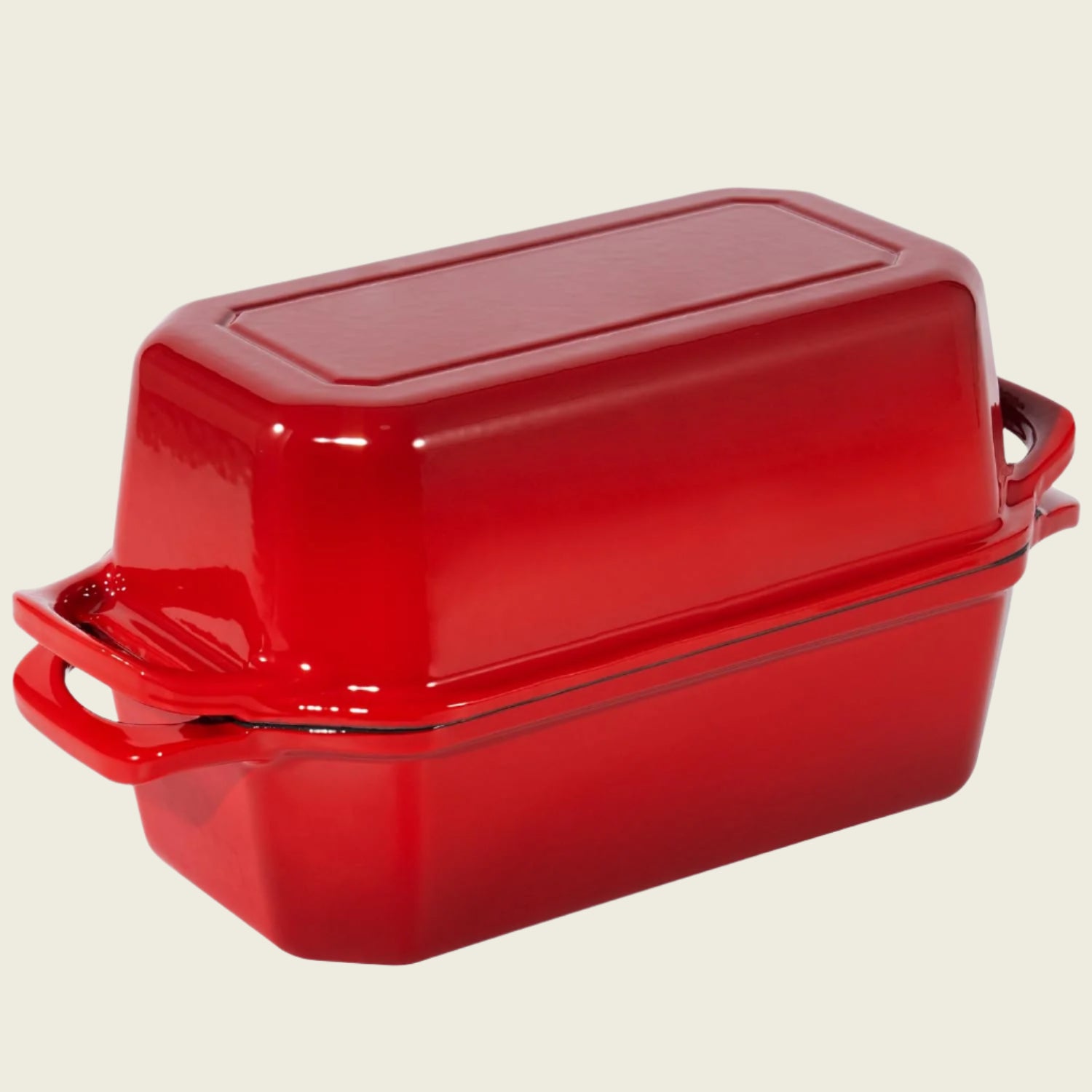Your Dough Feels Off—Here’s Why (and How to Fix It Before Shaping)
Share
There's a moment just before shaping sourdough when everything hinges on how the dough feels under your hands. Too sticky, and it clings to the counter and your fingers like glue. Too dry, and it resists movement, behaving more like modeling clay than bread. That sweet spot—supple, elastic, slightly tacky but manageable—is what every baker is aiming for.
Getting there isn’t about luck. It’s about understanding the relationship between flour, water, fermentation, temperature, and time. Each plays a role in shaping behavior, and learning how they interact builds the foundation for better bakes.
Hydration Isn't Just a Number
Hydration—the percentage of water to flour—is often the first place people look when troubleshooting sticky dough. But the story goes deeper. The type of flour used, especially its protein content, dramatically affects how that hydration behaves. A higher-protein flour creates a stronger gluten network, which can absorb and hold water more effectively. This means the dough can be more hydrated yet still feel structured and less sticky.
On the flip side, lower-protein flours might result in a dough that feels softer and more difficult to handle at the same hydration level. Even bags labeled as the same type of flour can vary in protein content or extraction rate, subtly shifting how the dough comes together. It’s one reason why a recipe that worked well one week can feel completely different the next.
Fermentation: Where Texture Takes Shape
One of the biggest influences on dough texture at shaping time is bulk fermentation. This stage builds strength and structure. When it’s going well, you’ll notice the dough becoming smoother, more elastic, and full of gentle bubbles. But if it’s rushed—or if conditions lead to overfermentation—the gluten structure can break down, leaving the dough slack, sticky, and hard to handle.
Temperature during fermentation is a major factor. Warmer environments speed things up, sometimes too much. While yeast activity increases, so does enzyme activity, some of which can degrade gluten. The dough might look okay volume-wise but feel sticky and weak because its internal structure is compromised.
Learning to read fermentation goes beyond just watching the clock. Noticing how much the dough rises (by volume), how it jiggles when moved, and how it holds its shape can all give more accurate clues about readiness.
Tools and Techniques That Help
When the dough does lean sticky at shaping time, technique becomes critical. A bench scraper can be one of the most helpful tools—it allows for gentle shaping while minimizing contact, helping build surface tension without getting hands coated in dough.
Flour is a tempting solution, but it's best used sparingly. A light dusting on the bench or hands can prevent sticking, but too much risks altering the dough’s hydration and final texture. Every extra sprinkle can make the crumb denser and drier.
Shaping should be gentle and deliberate. Start with a pre-shape to give the dough some structure, let it rest, then move into final shaping with care. The goal is to build tension on the outside while preserving the gas bubbles that form during bulk fermentation. Over-handling or being too aggressive can deflate the dough and undo hours of fermentation work.
The Starter’s Influence
A well-maintained starter plays a big role in dough behavior. A weak or overly acidic starter can result in gluten breakdown, making the dough feel stickier and more fragile. Timing the use of the starter matters too. Using it when it’s at its peak—typically when it’s just finished rising—ensures it’s at its most active, giving the dough the strength and fermentation support it needs.
Managing Temperature for Predictability
Ambient temperature impacts every stage, from mixing through to cold proofing. Warmer doughs ferment faster; cooler ones take their time. Adjusting water temperature based on room conditions helps keep fermentation predictable. In warmer spaces, using colder water can slow things down. In colder kitchens, warmer water gives fermentation a head start.
Even during cold proofing, activity doesn’t stop—it just slows. That long, cool rest continues to develop the dough’s structure and flavor, right up to baking time.
Aiming for the Sweet Spot
The ideal dough at shaping time feels hydrated, alive, and elastic. It might be slightly tacky, but not excessively sticky. If it's too dry, it likely needed more hydration or developed insufficient gluten. If it's too sticky, it might have over-fermented, lacked structure, or been made with a weaker flour.
There’s no one-size-fits-all feel. The right texture depends on many factors: flour type, hydration, fermentation timeline, starter strength, and personal preference. But learning to notice and interpret how the dough feels at each step builds that instinct over time.
Every bake becomes an opportunity to learn. By adjusting one variable—how long the dough fermented, how warm the water was, how active the starter seemed—you begin to understand how the dough responds. And over time, shaping becomes less of a guessing game and more of an intuitive, satisfying process.
So the next time you're at the shaping bench, pause and feel. The dough is telling its story—you just need to listen.
